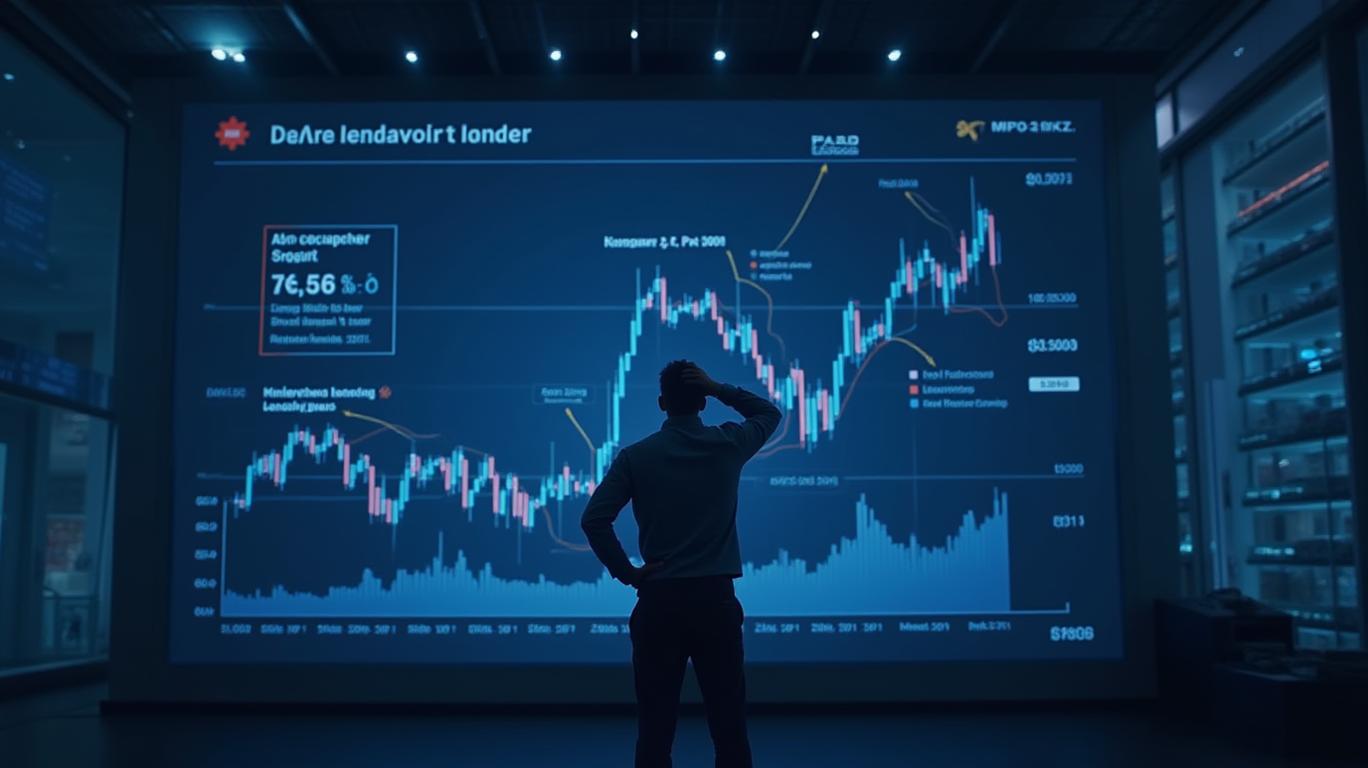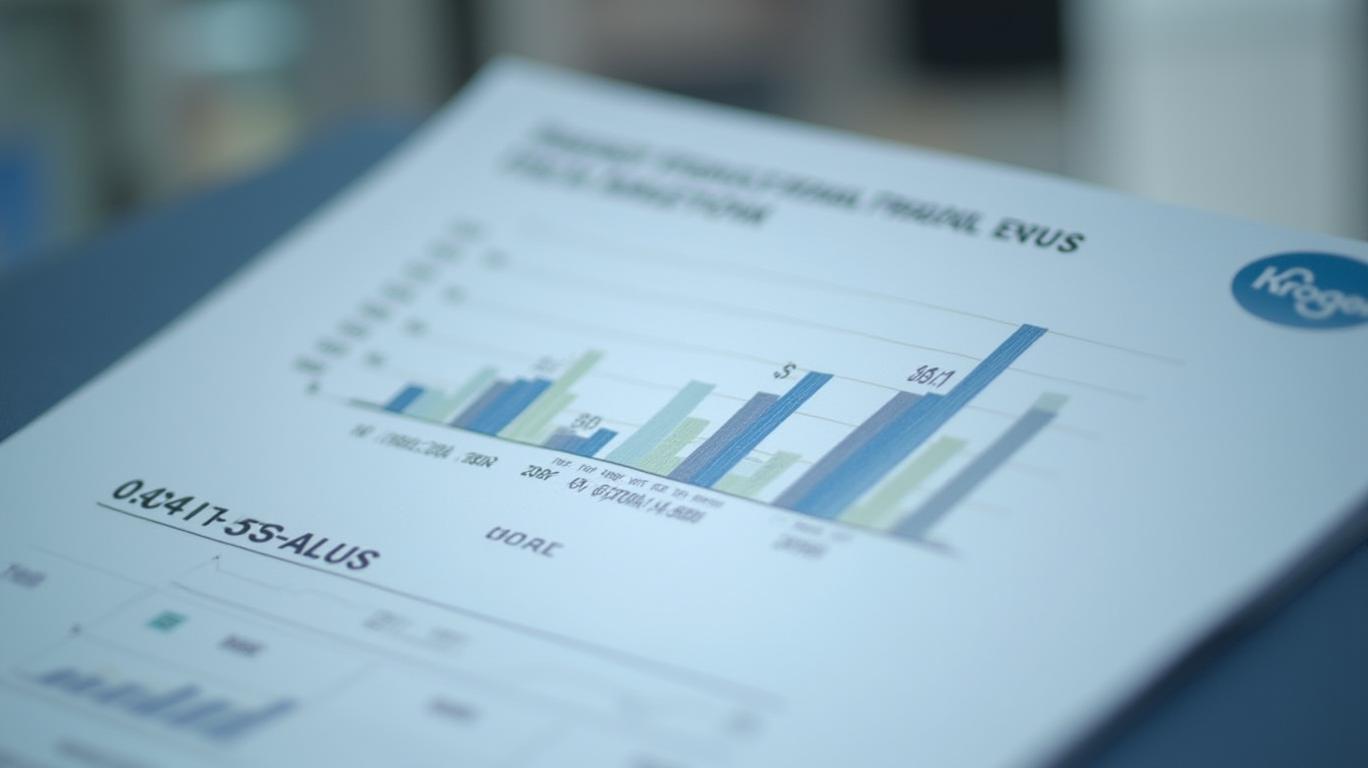Kroger: A Strategic Rebound Amid Post-Merger Turbulence and Undervalued Potential
The collapse of Kroger's (KR) $24.6 billion merger with Albertsons has thrust the supermarket giant into a period of introspection—and reinvention. While the failed deal and subsequent regulatory battles have cast a shadow over the stock, a deeper look at Kroger's strategic pivots, valuation metrics, and its standing within a favorable industry suggests this could be a pivotal moment for investors. With a neutral Zacks Rank #3 (Hold) rating and a stock price lagging its peers,
presents an intriguing opportunity for those willing to look beyond the headlines.A Neutral Zacks Rank Hides Underlying Strengths
Kroger's Zacks Rank #3 reflects a balanced view of its short-term prospects. Analysts cite stable earnings estimates—$4.74 EPS for the current fiscal year and $5.15 for next—with no significant revisions in the past month. While its stock rose 28.4% over the past year, it underperformed the Retail-Supermarkets sector's 60.7% surge, leaving Kroger's forward P/E at 14.46, slightly below its industry average of 15.07. This discount, coupled with a Zacks Industry Rank of #27 (top 11% of all industries), hints at undervalued potential.

Post-Merger Restructuring: A New Strategic Framework
The merger's collapse has forced Kroger to pivot decisively. Leadership changes—including the appointment of interim CEO Ronald Sargent and a new CFO—signal a renewed focus on operational discipline. Key moves include:
- Consolidating Digital Operations: Merging online activities into a single unit to reduce inefficiencies and boost e-commerce growth.
- Private-Label Expansion: Adding 500+ new private-label products under “Our Brands,” a strategy proven to improve margins.
- Store Remodels: Reconfiguring stores to emphasize fresh foods and competitive pricing, countering Walmart and Costco's dominance.
- Legal Resilience: Defending against Albertsons' $600 million lawsuit while pursuing its own countersuit, which could resolve in favor of Kroger given its proactive regulatory stance.
Valuation: A Bargain in a High-Growth Sector
Kroger's PEG ratio of 2.06, while above the sector's 1.81 average, reflects expectations for moderate growth. However, its forward P/E is now at a 3-year low, offering a margin of safety. The company's $7.5 billion share repurchase program further underscores confidence in its stock's undervaluation.
Catalysts for a Re-Rating
1. Upcoming Investor Day: Kroger's late-spring investor presentation is expected to clarify its long-term vision, potentially unlocking value as it outlines plans for cost savings, tech investments, or smaller acquisitions.
2. Legal Resolution: A favorable outcome in its disputes could remove overhang and free capital for growth.
3. Earnings Catalysts: Analysts project 2–3% sales growth in fiscal 2025, with Kroger's AI-driven inventory systems and Boost membership program poised to drive incremental revenue.
The Elephant in the Room: Risks and Reality
- Margin Pressures: Rising labor and tech costs remain a concern, though Kroger's focus on automation and store efficiency should mitigate this.
- Competitive Landscape: Albertsons' restructuring and C&S's Southeast expansion add pressure, but Kroger's regional brand portfolio (e.g., Fred Meyer, Dillons) maintains strong local ties.
Final Verdict: A Buy at These Levels
While the Zacks Rank #3 signals neutrality, Kroger's valuation, strategic realignment, and industry tailwinds suggest this is a stock primed for a rebound. With a P/E below peers and a clear path to growth through digital innovation and cost discipline, now is the time to position ahead of what could be a transformative quarter.

Investors seeking exposure to a supermarket sector poised for growth—and a company ready to capitalize on it—should consider Kroger as a compelling value play. The pieces are in place for a strategic comeback. The question is: Will you be there to catch the rebound?

Comments
No comments yet